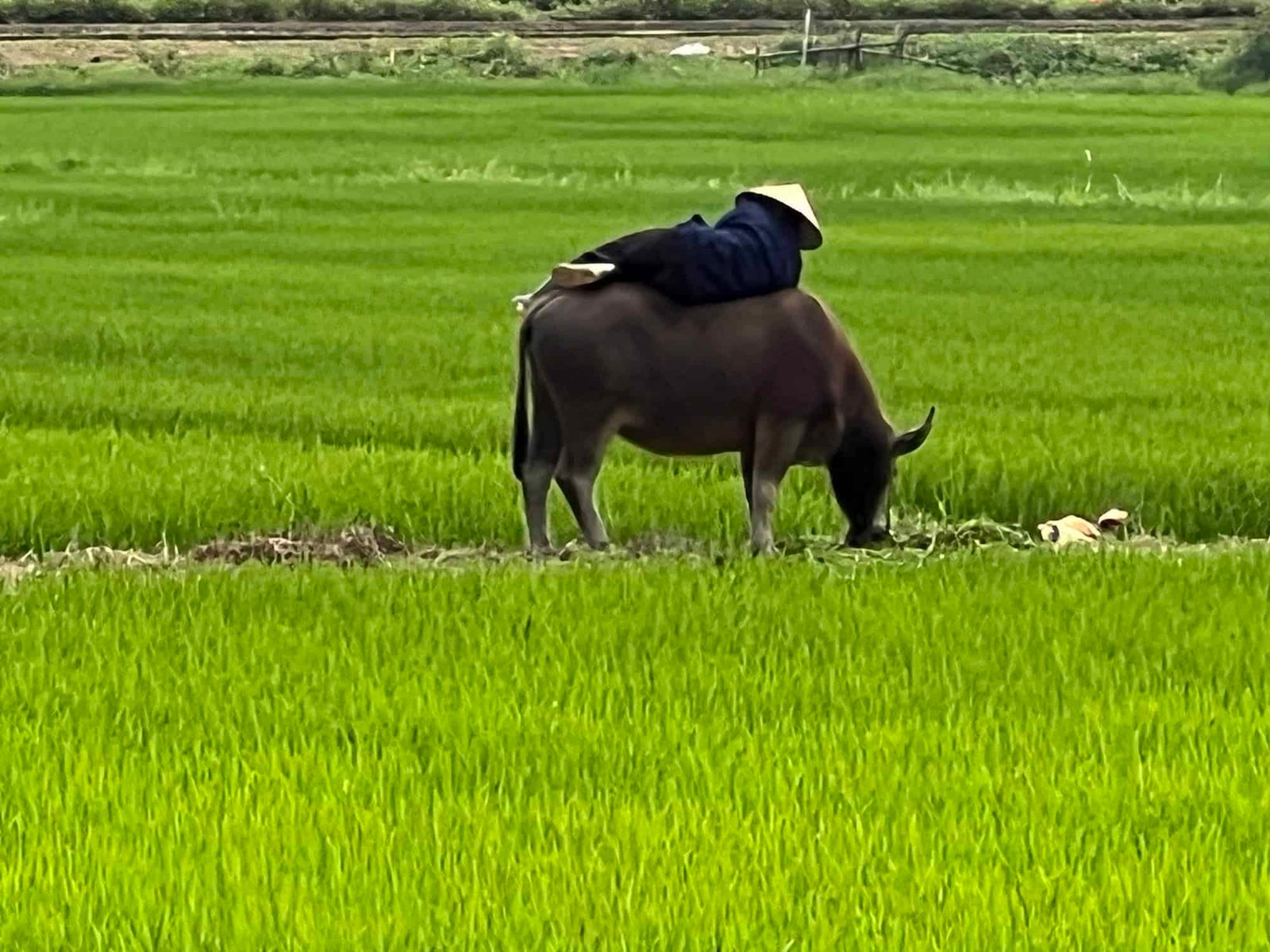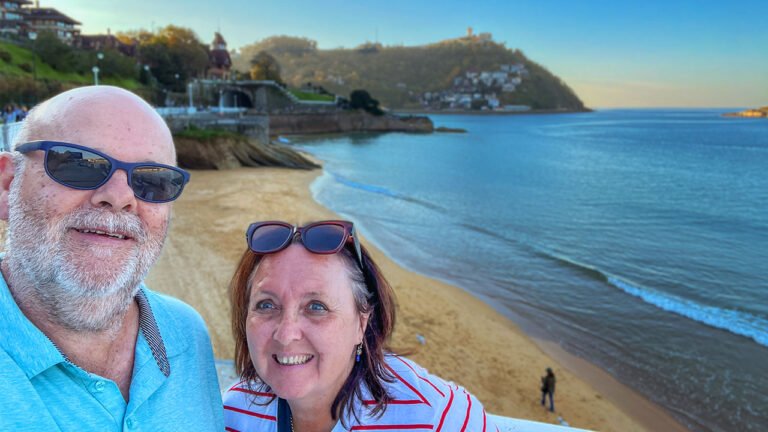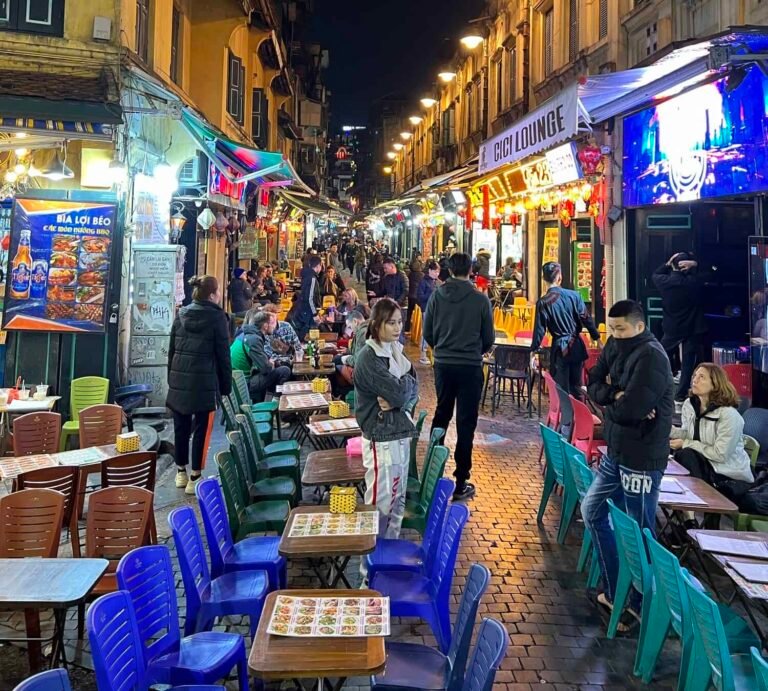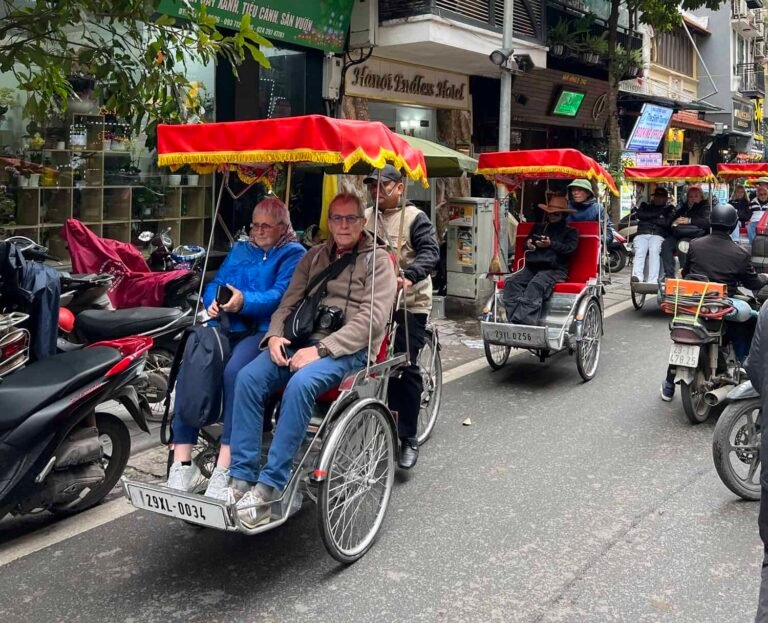When to Visit Vietnam in 2025: A Guide for Travellers Over 50

What makes Vietnam such a special place to visit, especially for those of us over 50? It’s the perfect storm of affordable comfort, great healthcare in major cities, vibrant culture, and some of the warmest, most welcoming people you’ll ever meet.
Whether you’re after a gentle cultural immersion, scenic landscapes that’ll make even your bad travel pics look amazing, or simply want to stretch your retirement dollar further whilst living the high life, Vietnam delivers.
Unlike many popular destinations that have distinct “good” and “bad” seasons, Vietnam’s diverse climate zones mean there’s always somewhere perfectly suited for the weather you crave.

When the north is cool and crisp, the south is warm and sunny. When the central regions experience their brief rainy season, the mountains are absolutely spectacular.
This seasonal diversity is a long-term traveller’s dream—you can literally chase perfect weather around the country all year long (as long as you have the right visa or take advantage of nearby countries for timely via runs.
Why Vietnam Should Be on Every Retiree’s Travel List
Let me be blunt: if you’re not considering Vietnam for your retirement travels, you’re missing out on one of the most amazing places in the world wher tourism hasn’t changed the culture. Here’s why this incredible country should be at the top of your list:
Exceptional Value for Money
Your Dollar/Pound/Euro goes further in Vietnam than almost anywhere else in Southeast Asia.
I’m talking about luxury hotel rooms for less than $50 a night, restaurant meals that cost less than a coffee back home, and private tours with English-speaking guides for what you’d pay for a taxi ride in most Western cities.
To put this into perspective, a comfortable monthly budget in Vietnam ranges from $1,500 to $3,000, depending on your lifestyle choices. That’s often less than what many retirees spend on rent alone back home.
Compare this to other popular destinations for senior travellers and you will soon see why Vietnam is growing in popularity each year.
Thailand’s costs have risen significantly, especially in tourist areas, Malaysia, while affordable, doesn’t offer the same cultural richness, and European destinations like Portugal or Spain will cost you at least triple the price for a similar experience.
World Class Healthcare
As travellers of a certain age, one of the biggest concerns for travelling abroad is healthcare access. Vietnam’s major cities boast international hospitals that rival anything you’ll find in the Western World.
It should be noted that in the more rural regions, the quality of healthcare options may be significantly lower than in the large centres, and always be sure to have the right travel insurance to ensure the best treatment.
A Wonderfully Vibrant and Interesting Culture
Vietnam is home to eight UNESCO World Heritage Sites, which makes it a fascinating place to visit for travellers who love experiencing history or surrounding themselves with dramatic, natural beauty.

From the mystical Imperial City of Hue to the breathtaking landscapes of Ha Long Bay. The country seamlessly blends ancient traditions with modern comforts. You can explore thousand-year-old temples in the morning and enjoy a traditional, top-quality dining experience in the evening.
The cultural experiences here run deep: participating in cooking classes with local families, learning about silk or incense production in traditional villages, or simply watching daily life unfold in bustling local markets.
A Culinary Wonderland
Vietnamese cuisine is consistently rated among the world’s best, and for good reason. The food is fresh, flavourful, and surprisingly healthy. And the options extend well beyond the famous Banh Mi or Pho.

Street food culture is massive here, but don’t worry, there are plenty of upscale restaurants and international options for those looking for something to remind them of home.
Many Vietnamese dishes are naturally gluten-free or easily adaptable for dietary restrictions, and most restaurants in tourist areas are ready to create an option better suited to Western palates and requirements.
Safe and Comfortable Transportation
Vietnam’s tourism infrastructure is well ahead of what you may expect for a country that hasn’t seen the level of visitors experienced by many other Southest Asian countries.
Domestic flights are reliable and, dare I say, cheap, connecting major cities and regional hubs with many flights daily. The road network is continually improving, but I would still not recommend Vietnam as a road trip destination.
A much better alternative is to use the comfortable bus options or to try the trains, which can be an interesting part of the adventure in themself. English is widely spoken in tourist areas, and many hotels employ staff who’ve been trained specifically to assist Western guests.
Safety in Vietnam for Travellers over 50
Some of you may be surprised to learn that Vietnam consistently ranks as one of the safest countries in Southeast Asia for tourists. Violent crime against foreigners is extremely rare, and the government has implemented numerous tourist-friendly policies.
The biggest safety concern you’ll face is probably crossing the streets in busy cities, and even that becomes an amusing adventure once you build some confidence and get the hang of it!
Understanding Vietnam’s Climate
Before we dive into the month-by-month guide, you need to know a bit more about the weather across Vietnam. The country stretches over 1000km / 650 miles from north to south.
This means that the country has three very different climate zones at any particular time of year. You can be rugged-up and freezing in one place while others are roasting on the beach somewhere else.
Northern Vietnam
(Including Hanoi, Sapa, and Ha Long Bay) has four distinct seasons. Summers (May-September) are hot and humid with frequent rainfall, while winters (December-February) are cool and relatively dry, with temperatures sometimes dropping to single digits in mountainous areas. Spring (March-April) and autumn (October-November) offer the most comfortable conditions.
Central Vietnam
(Including Hue, Hoi An, and Da Nang) experiences a tropical climate with a distinct wet season from September to February and a dry season from March to August. However, the timing can even be quite different from north to south within this region.
Southern Vietnam
(Including Ho Chi Minh City, Phu Quoc and the Mekong Delta) has a more consistent tropical climate with two main seasons: wet (May-October) and dry (November-April). Temperatures remain relatively stable year-round, typically ranging from warm to hot.
The key to enjoying Vietnam year-round is understanding these variations and planning to be in the right place at the right time.
When northern Vietnam is experiencing its cool, dry winter, southern Vietnam is in its pleasant dry season. When central Vietnam has brief rainfall, the mountains in the north or south offer spectacular clear skies.
Humidity is a factor throughout Vietnam, particularly in coastal areas and during wet seasons. However, most accommodation options include air conditioning, and swimming pools are common in hotels in the regions that are affected by hot summers.
Where to Go in Vietnam – Month by Month
January in Vietnam
Cool, dry weather perfect for exploring
Image
Hanoi
- Pleasant temperatures (15-20°C) ideal for comfortable walking and sightseeing without the stress of extreme heat
- Dry season means fewer weather-related travel disruptions and easier mobility for those with joint concerns
- Tet preparations create a vibrant cultural atmosphere, perfect for experiencing authentic Vietnamese traditions
Image
Ha Long Bay
- Calm seas and clear skies provide the most comfortable cruise conditions for seniors
- Cooler temperatures make deck activities and cave explorations more enjoyable
- Excellent visibility for photography and scenic appreciation during this peak season
Image
Hoi An
- Comfortable weather for leisurely strolls through the ancient town’s flat, walkable streets
- Peak season for tailor shops with more time for multiple fittings and adjustments
- Lantern Festival celebrations create magical evening atmospheres perfect for gentle exploration
Essential Vietnam Travel Tips for Travellers Over 50
Before You Go
Getting your visa sorted is fairly straightforward for most Western nationality passport holders. Vietnam now offers e-visas that can be obtained online within 3-5 business days, although we recommend allowing yourself at least two weeks in case you make an error as I did the first time.
The current fee is around $25 USD for a 30-day single-entry visa, or $50 USD for a 90-day multiple-entry visa. It is essential to make sure your passport has at least six months’ validity remaining from the day you are scheduled to leave Vietnam, or your application may be denied.
Health preparations are minimal but important. Consult your GP about recommended vaccinations—typically hepatitis A and B, typhoid, and Japanese encephalitis if you’re planning rural travel.
Most people don’t require malaria prophylaxis unless visiting very remote areas. And please do not get your vaccination advice from someone in a travel forum… ASK YOUR DOCTOR!
Comprehensive travel insurance is essential, and I always recommend policies that specifically cover pre-existing medical conditions and emergency evacuation. A few extra dollars spent on a good policy can save you thousands if something were to go wrong during your travels.
Getting Around Vietnam
Domestic flights are your best friend for covering long distances. Vietnam Airlines, Jetstar Pacific, and VietJet Air all operate reliable services between several cities. Book directly through airline websites or use reputable booking platforms like Expedia or Agoda for the best deals.
For regional travel, private drivers offer excellent value and flexibility. A full day with an English-speaking driver typically costs $50-80 USD, far less than organised tours and more convenient than buses for longer journeys.
However, even though they may take a little longer, some of the intercity buses are very comfortable and offer individual sleeping pods. Why not consider saving some money and making this a part of your adventure?
The famous Reunification Express train offers a romantic way to travel the length of the country, with comfortable sleeping compartments and dining cars. Book soft sleeper or first-class seats for the most comfortable experience.
In cities, Grab (Southeast Asia’s equivalent to Uber) is safe, reliable, and affordable. Many retirees also enjoy cyclo rides for short distances—they’re very touristy, but a cultural experience in themselves.
Accommodation Strategies
International hotel chains like Sheraton, Marriott, and Accor offer familiar standards and reliable service, though you’ll pay premium prices.
Mid-range local hotels provide better value, a more authentic experience, with character and excellent service. Look for properties with good reviews on Booking.com and be surprised how little you will pay for lovely hotels.
If you are concerned about the heat, be sure to book accommodation with air conditioning, and don’t be afraid to ask about accessibility features if needed. Many hotels are well-equipped for guests with mobility concerns.
Making the Most of Your Vietnam Experience
Vietnamese culture values respect and politeness, so as a guest in their country you should understand some of the traditions and gestures that show them that respect.
Simple things like removing shoes before entering homes or temples, dressing modestly when visiting religious sites, and greeting people with a slight bow go a long way.
Learning basic Vietnamese phrases like “xin chào” (hello) and “cảm ơn” (thank you) always brings bigger smiles from the already friendly faces you interact with.
Photography etiquette is important, always ask permission before photographing people, especially in rural areas or markets. Many locals appreciate small payments for photos, typically 10,000-20,000 VND (less than $1).
For authentic souvenirs, seek out local markets and artisan workshops rather than tourist-focused shops. Hand-woven textiles from Sapa, lacquerware from Hanoi, and silk products from Hoi An offer genuine Vietnamese craftsmanship.
Bargaining is expected in markets, but should be done respectfully. Remember that a dollar doesn’t make much difference to your life, but it is far more meaningful to the local vendors.
Staying connected is easy with widely available WiFi and affordable local SIM cards. Major providers like Viettel and Vinaphone offer tourist packages with data and international calling options for around $10-20 per month.
We find that using an e-sim is far more convenient than having to remove your current sim and hope not to lose it. During our past few trips we have used e-sims from Airalo, easy and great value.
Your Vietnam Adventure Awaits
Vietnam offers everything travellers seek in a destination: incredible value, rich cultural experiences, comfortable infrastructure, and year-round possibilities for adventure.

Whether you’re drawn to ancient temples and bustling markets, pristine beaches and mountain retreats, or simply want to experience one of the world’s great cuisines in its homeland, Vietnam has you covered.
With Vietnam having such distinct climate zones, there’s never a wrong time to visit, only different experiences waiting to be discovered. Use this guide to plan your perfect Vietnamese adventure, whether it’s a short trial run or an extended exploration of this beautiful country.
We are planning another month in Vietnam this year to experience even more of this surprising gem of Southeast Asia. And we are confident that it won’t be our last visit.
Want to know more about our experiences in Vietnam, or to share your own experiences? Please drop a comment, we’d love to hear from you.






